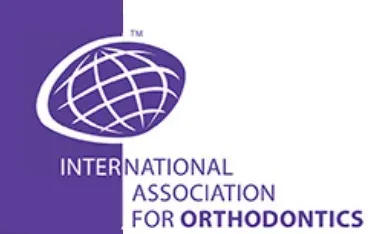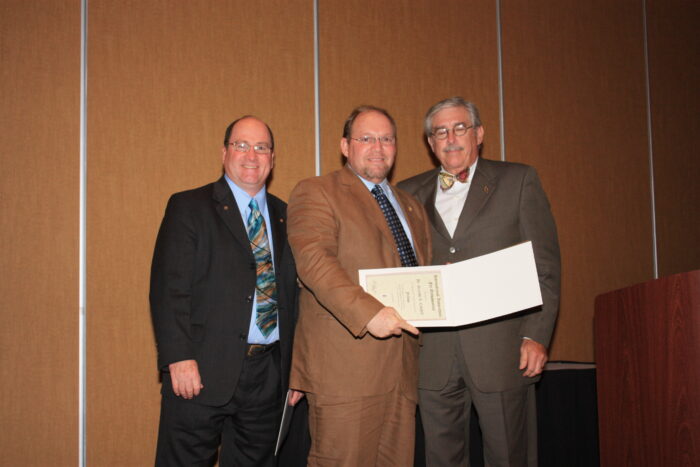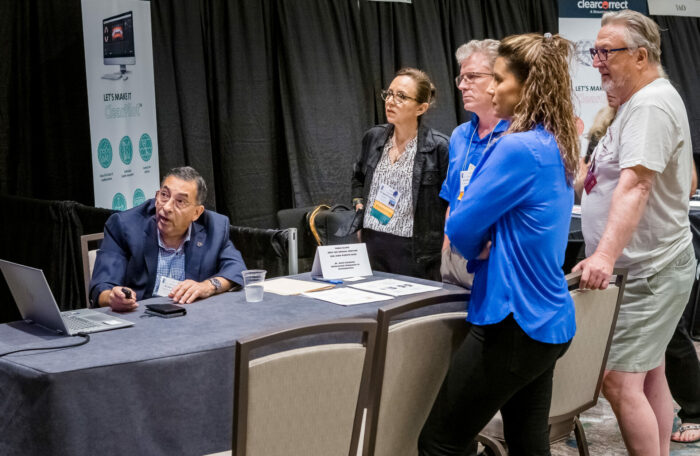Vimeo is a video hosting platform for high-quality content, ideal for creators and businesses to showcase their work.
Service URL: vimeo.com (opens in a new window)
sd_client_id
Collects analytical tracking information about videos and enables the player to function properly.
2 years
sd_identity
Collects analytical tracking information about videos and enables the player to function properly.
2 years
continuous_play_v3
Used to keep track of whether continuous play is on or not for a user
2 years
Player
This first party cookie created by Vimeo is used to remember user’s player mode preferences.
1 minute
vuid
This first party cookie created by Vimeo is used to assign a Vimeo Analytics unique id.
1 minute




